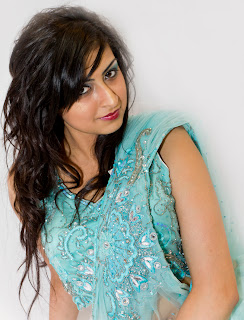I had a unique opportunity recently where I attended a photo shoot in London, with the focus on jewellery and Indian fashion. To date I had only photographed a few friends children using my mobile studio set up and a couple of lights. Although I have been very pleased with my results and received some heartwarming feedback, I was now stepping out of my comfort zone and being asked to photograph models and fashion for a specific reason.
I decided I needed to do some background research so I immediately stated to look on the internet at various fashion photographers for basic poses, composition ideas and inspiration.
Although I didn’t have any say or control on the models make-up, clothing and jewellery it was down to me to bring the passion and expression out of the models to be able to get the photos we needed.
Looking at the likes of Alex James, James Nader and Julia Kennedy was inspiring and some of their photographs breathe taking. Their range of subject and portrayal of emotion in their photographs were truly amazing. Certainly something I’d like to aspire towards.
At the end of the day, I found this an extremely worthwhile venture and experience. Going through some of the photos afterwards, I am glad I shot everything in RAW as some of the lighting/exposure required tweaking and produced better results once processed through Photoshop. I am very pleased with the results and have received some great feedback from the models, make-up artist and client on how relaxed the models were and how professional and focused I was.
If anything, I can walk away from this with an understanding that it’s not all glamour, and in fact it’s actually long hours and hard work. Attention to detail and good communication is vital and post production ‘does’ take time too. Perhaps one day in the future I will become an inspiration to others ….. only time will tell.





















